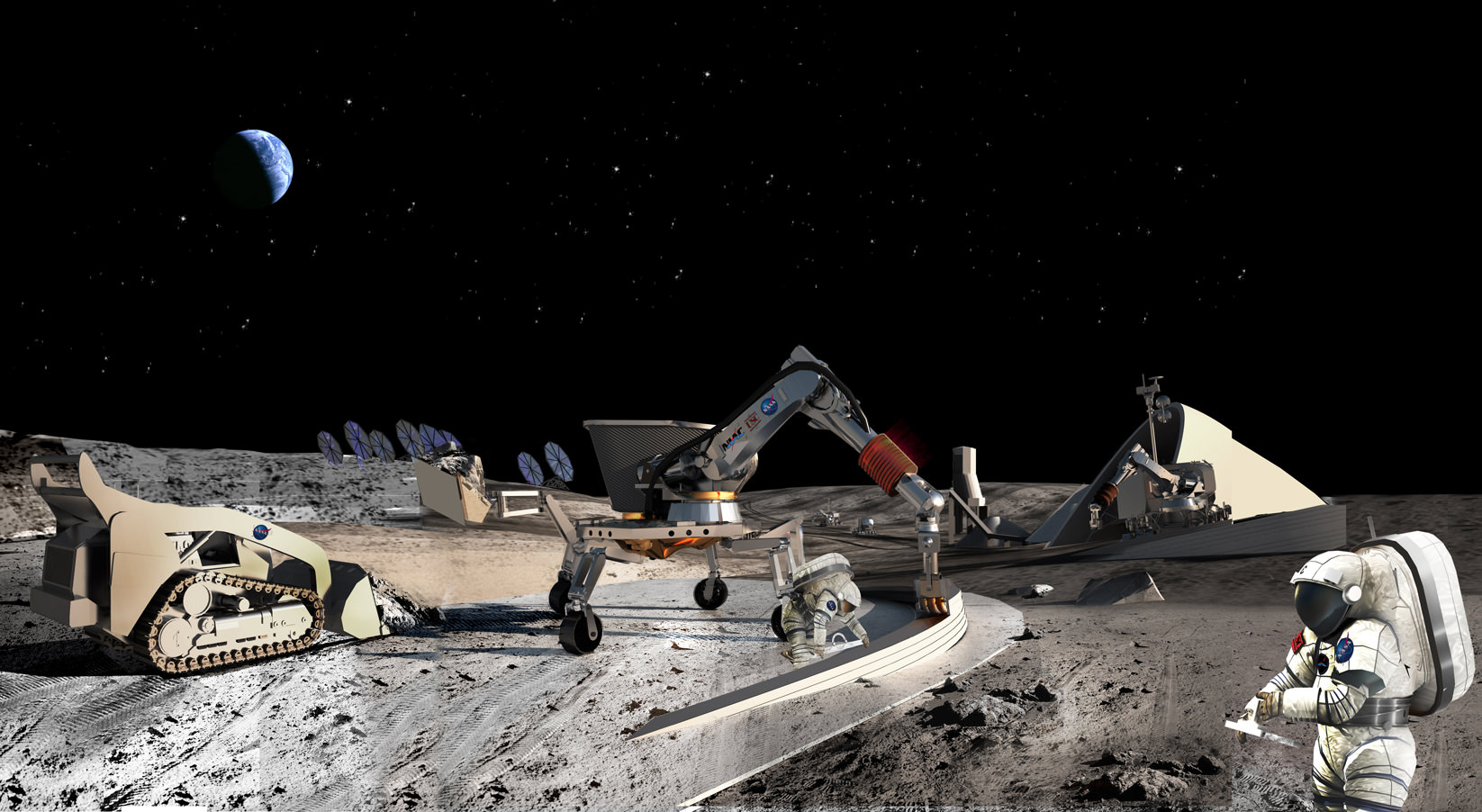SpaceX’s Starlink service is now available in Antarctica, according to a tweet from the National Science Foundation on the morning of September 14, stating, “NSF-supported USAP scientists in #Antarctica are over the moon! Starlink is testing polar service with a newly deployed user terminal at McMurdo Station. Increasing bandwidth and connectivity for service support.” SpaceX replied with a quote tweet saying, “Starlink is now available on all seven continents! In such a remote location like Antarctica, this capability is enabled by Starlink’s space laser network.”
Continue reading “Scientists in Antarctica Have Access to Starlink Now. It’s Available on 7 Continents”Moonbase by 2022 For $10 Billion, Says NASA

Returning to the Moon has been the fevered dream of many scientists and astronauts. Ever since the Apollo Program culminated with the first astronauts setting foot on the Moon on July 20th, 1969, we have been looking for ways to go back to the Moon… and to stay there. In that time, multiple proposals have been drafted and considered. But in every case, these plans failed, despite the brave words and bold pledges made.
However, in a workshop that took place in August of 2014, representatives from NASA met with Harvard geneticist George Church, Peter Diamandis from the X Prize Foundation and other parties invested in space exploration to discuss low-cost options for returning to the Moon. The papers, which were recently made available in a special issue of New Space, describe how a settlement could be built on the Moon by 2022, and for the comparatively low cost of $10 billion.
Continue reading “Moonbase by 2022 For $10 Billion, Says NASA”

